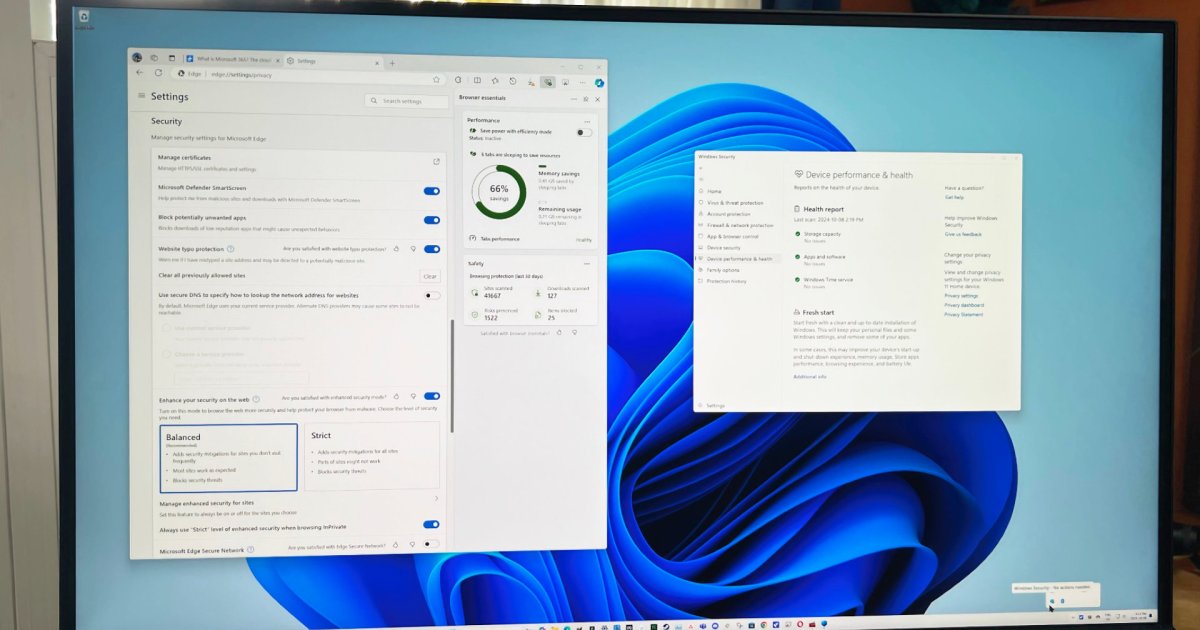Apple’s foray into the XR wearable segment may not have stirred the same kind of success that it tasted with the likes of the iPhone or the Apple Watch, but the company is still moving ahead with future iterations. While plans of a cheaper headset may have been pushed, the Vision Pro could get a successor within a year, or so.
In the latest edition of his PowerOn newsletter, Bloomberg’s Mark Gurman writes that Apple might introduce the second-generation Vision Pro headset somewhere between Fall 2025 and Spring 2026. That window puts the official reveal in roughly the same frame as the launch of updated iPhones and the sporadic Mac hardware.
As far as changes go, Apple is reportedly experimenting with multiple ideas. But Gurman claiims that one of the design candidates for the Vision Pro 2 would look exactly like its predecessor. That won’t be out of character for Apple, as the company regularly iterates on internal hardware without making without changing the external aesthetics of its gear across the iPhone, Mac, or Apple Watch portfolio.
It sounds like a sane strategy Vision Pro successor because it’s a product with arguably the most sophisticated engineering work that Apple has delivered in years. It would make sense — especially from an R&D investment perspective — to maintain the fundamental architecture and make upgrades where it’s needed, which is added processing firepower and refined software experience.
Talking about upgrades, Bloomberg has previously reported that the second-gen Vision Pro would likely be upgraded to the M5 silicon. Apple is currently busy overhauling the Mac lineup with M4 series processors, an exercise that will continue well into 2025.
According to well-known industry analyst Ming-Chi Kuo, the next Vision Pro headset could enter production in the second half of 2025 and will bring a switch from M2 to an M5-class processor. Another notable upgrade will reportedly be support for Apple Intelligence.
In the meanwhile, Apple has also started conducting internal research around smart glasses. Earlier this year, the likes of Meta and Snap showcased their respective work on smart glasses, with a focus on interactive AR applications running atop bespoke hardware. Apple apparently doesn’t want to miss out on the race.
“With smart glasses, the company could approach the category from a number of directions. That includes essentially creating a version of its AirPods in glasses form,” Gurman writes. So far, Apple hasn’t officially commented on its future XR ambitions, so take these predictions with a healthy dose of skepticism, for now.







